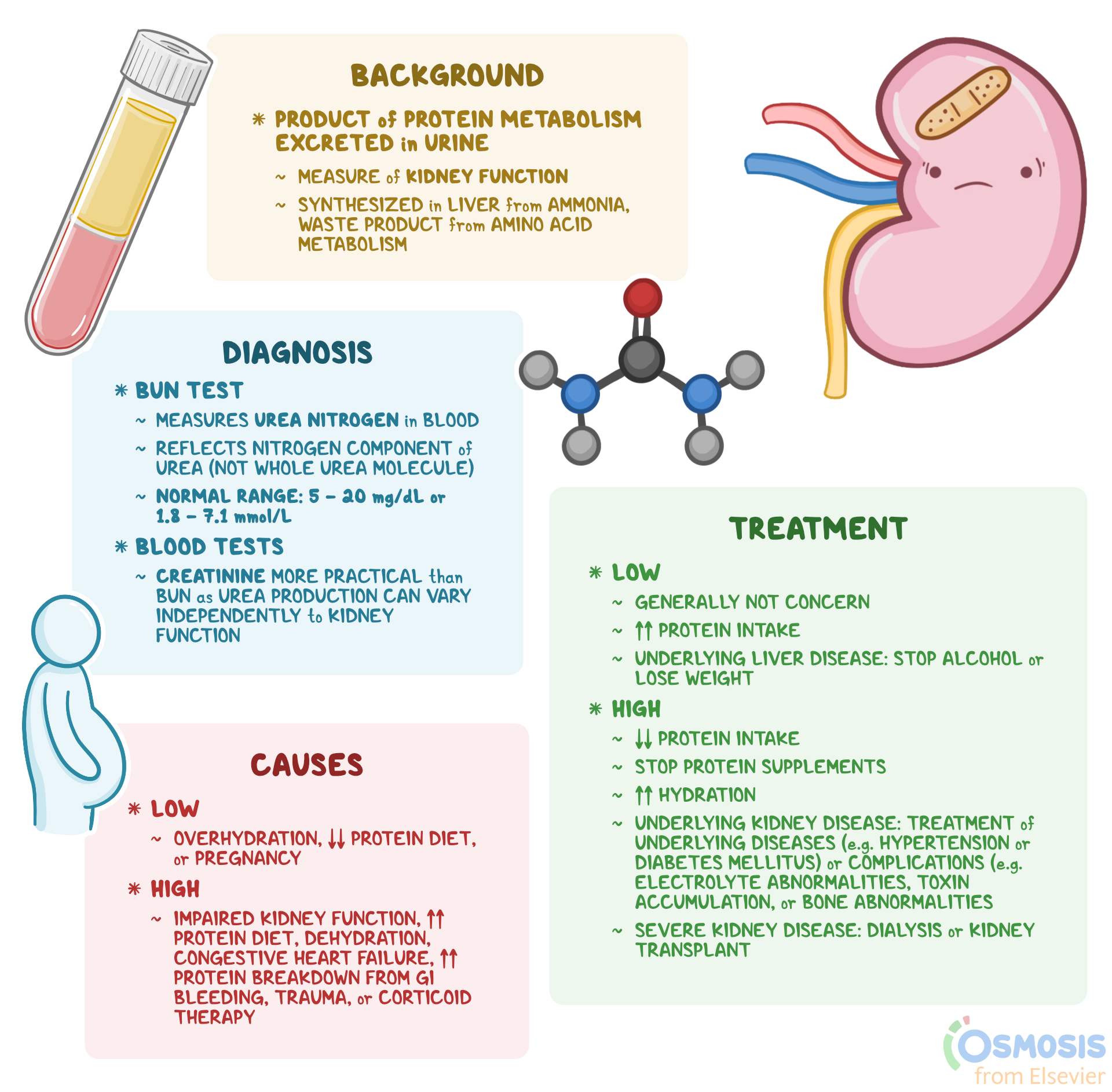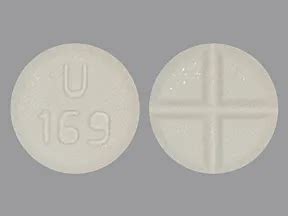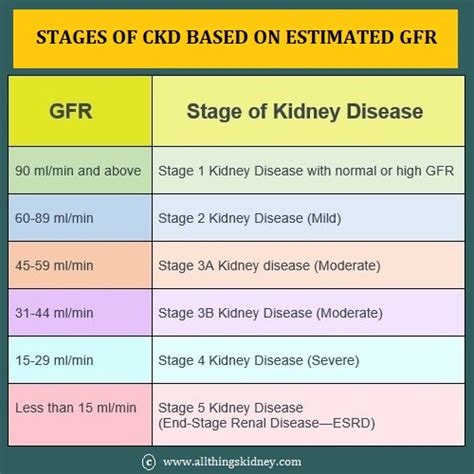C-reactive protein (CRP) is a protein that is produced by the liver and plays a significant role in the body’s immune response. The term “C-reactive” refers to the fact that this protein was first identified as a substance in the serum of patients with acute infections that reacted with the C-polysaccharide of pneumococcus.
CRP is an acute-phase protein, which means that its levels increase in response to inflammation, infection, or injury. It is often referred to as an “inflammatory marker” because it is a key indicator of the body’s inflammatory response. When the body detects foreign substances, such as bacteria or viruses, it produces CRP to help fight off the infection.
The primary function of CRP is to bind to phosphocholine expressed on the surface of dead or dying cells and some bacteria, marking them for destruction by the immune system. This binding process activates the complement system, which helps to eliminate the foreign substances from the body.
Elevated CRP levels have been associated with various conditions, including:
- Infections: Bacterial, viral, or fungal infections can cause an increase in CRP levels.
- Inflammatory diseases: Conditions such as rheumatoid arthritis, lupus, and inflammatory bowel disease can lead to elevated CRP levels.
- Cardiovascular disease: High CRP levels have been linked to an increased risk of heart disease, stroke, and peripheral artery disease.
- Cancer: Some types of cancer, such as lung, breast, and colon cancer, can cause elevated CRP levels.
- Autoimmune disorders: Conditions such as multiple sclerosis, type 1 diabetes, and Hashimoto’s thyroiditis can lead to increased CRP levels.
A CRP test is commonly used to:
- Monitor disease activity: CRP levels can help doctors assess the severity of inflammation and track the effectiveness of treatment.
- Diagnose infections: Elevated CRP levels can indicate the presence of an infection, such as pneumonia or sepsis.
- Predict cardiovascular risk: High CRP levels may indicate an increased risk of cardiovascular disease.
It is essential to note that CRP is not a specific test, and elevated levels can be caused by various factors. Therefore, a healthcare professional will interpret the results in conjunction with other diagnostic tests and medical history.
Understanding CRP Levels
CRP levels are measured in milligrams per liter (mg/L) or milligrams per deciliter (mg/dL). The normal range for CRP is typically considered to be:
- Low risk: Less than 1 mg/L (or mg/dL)
- Average risk: 1-3 mg/L (or mg/dL)
- High risk: Greater than 3 mg/L (or mg/dL)
However, the optimal range may vary depending on the laboratory and the specific test used.
A Closer Look at CRP and Inflammation
Inflammation is a natural response of the immune system to injury or infection. However, chronic inflammation can lead to various diseases and conditions. CRP plays a crucial role in the inflammatory response, and its levels can provide valuable insights into the underlying mechanisms of inflammation.
Chronic inflammation can cause damage to tissues and organs, leading to conditions such as:
- Atherosclerosis: The buildup of plaque in the arteries, which can increase the risk of heart disease and stroke.
- Cancer: Chronic inflammation can contribute to the development and progression of cancer.
- Neurodegenerative diseases: Conditions such as Alzheimer’s and Parkinson’s disease have been linked to chronic inflammation.
Managing CRP Levels
While CRP is not a direct target for treatment, managing underlying conditions and reducing inflammation can help lower CRP levels. Some strategies to reduce inflammation and CRP levels include:
- Maintaining a healthy weight: Excess weight can lead to chronic inflammation.
- Exercising regularly: Regular physical activity can help reduce inflammation.
- Eating an anti-inflammatory diet: A diet rich in fruits, vegetables, whole grains, and healthy fats can help reduce inflammation.
- Managing stress: Chronic stress can lead to inflammation, and stress-reducing techniques such as meditation and yoga can be beneficial.
- Getting enough sleep: Poor sleep quality and duration can contribute to inflammation.
By understanding the role of CRP in the body and managing underlying conditions, individuals can take steps to reduce inflammation and promote overall health and well-being.
Addressing Common Questions and Concerns
Some individuals may have questions or concerns about CRP, such as:
- What causes elevated CRP levels?: Elevated CRP levels can be caused by various factors, including infections, inflammatory diseases, and cardiovascular disease.
- How is CRP tested?: CRP is typically measured through a blood test, which can be performed in a laboratory or doctor’s office.
- What are the risks associated with elevated CRP levels?: Elevated CRP levels have been linked to various conditions, including cardiovascular disease, cancer, and autoimmune disorders.
It is essential to consult with a healthcare professional to discuss individual concerns and develop a plan to manage CRP levels and reduce inflammation.
What is the normal range for CRP levels?
+The normal range for CRP is typically considered to be less than 1 mg/L (or mg/dL) for low risk, 1-3 mg/L (or mg/dL) for average risk, and greater than 3 mg/L (or mg/dL) for high risk.
What causes elevated CRP levels?
+Elevated CRP levels can be caused by various factors, including infections, inflammatory diseases, cardiovascular disease, and cancer.
How can I lower my CRP levels?
+Managing underlying conditions and reducing inflammation can help lower CRP levels. Strategies include maintaining a healthy weight, exercising regularly, eating an anti-inflammatory diet, managing stress, and getting enough sleep.
By understanding the role of CRP in the body and taking steps to manage underlying conditions, individuals can reduce inflammation and promote overall health and well-being. Consult with a healthcare professional to discuss individual concerns and develop a plan to manage CRP levels.



